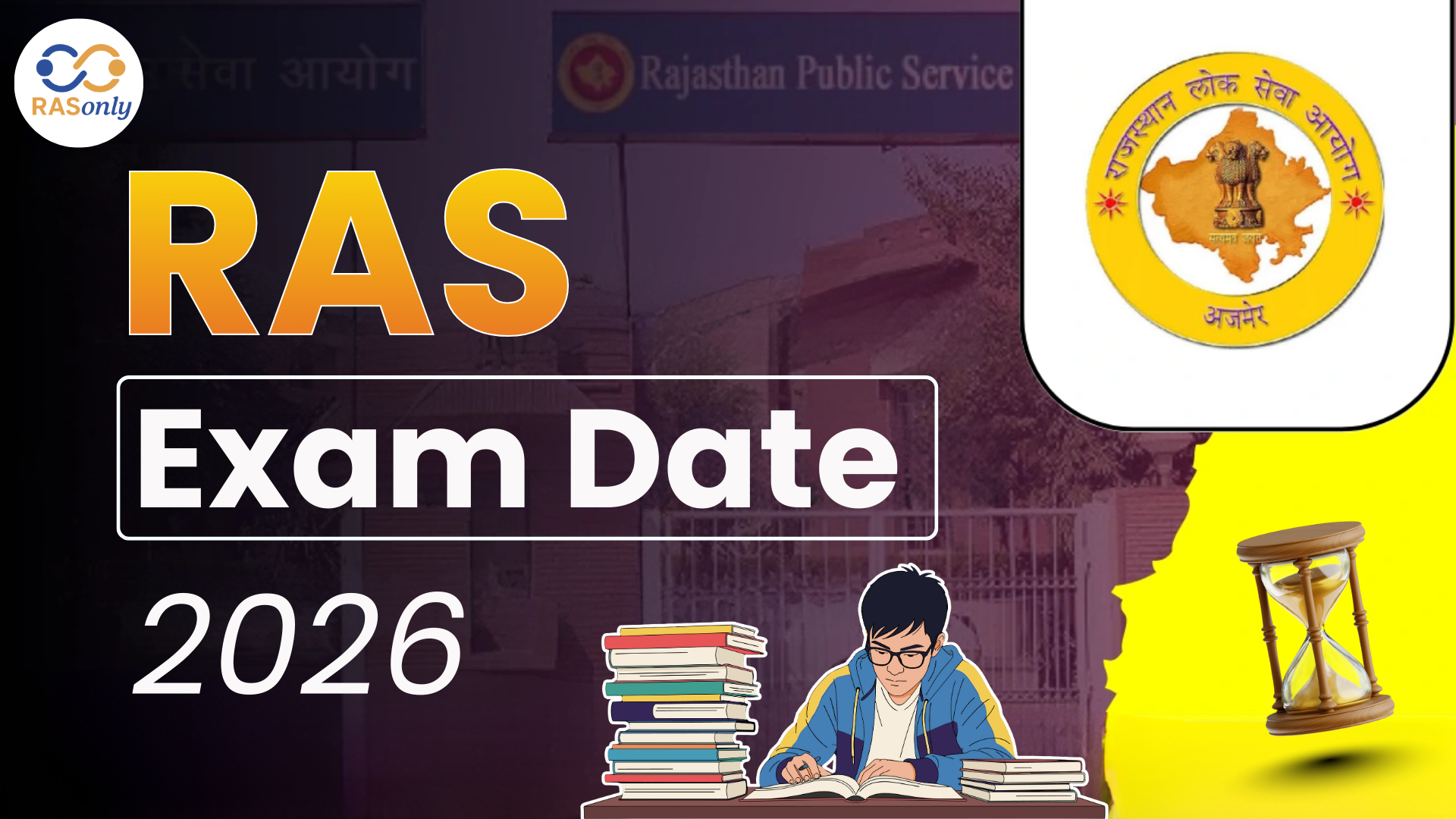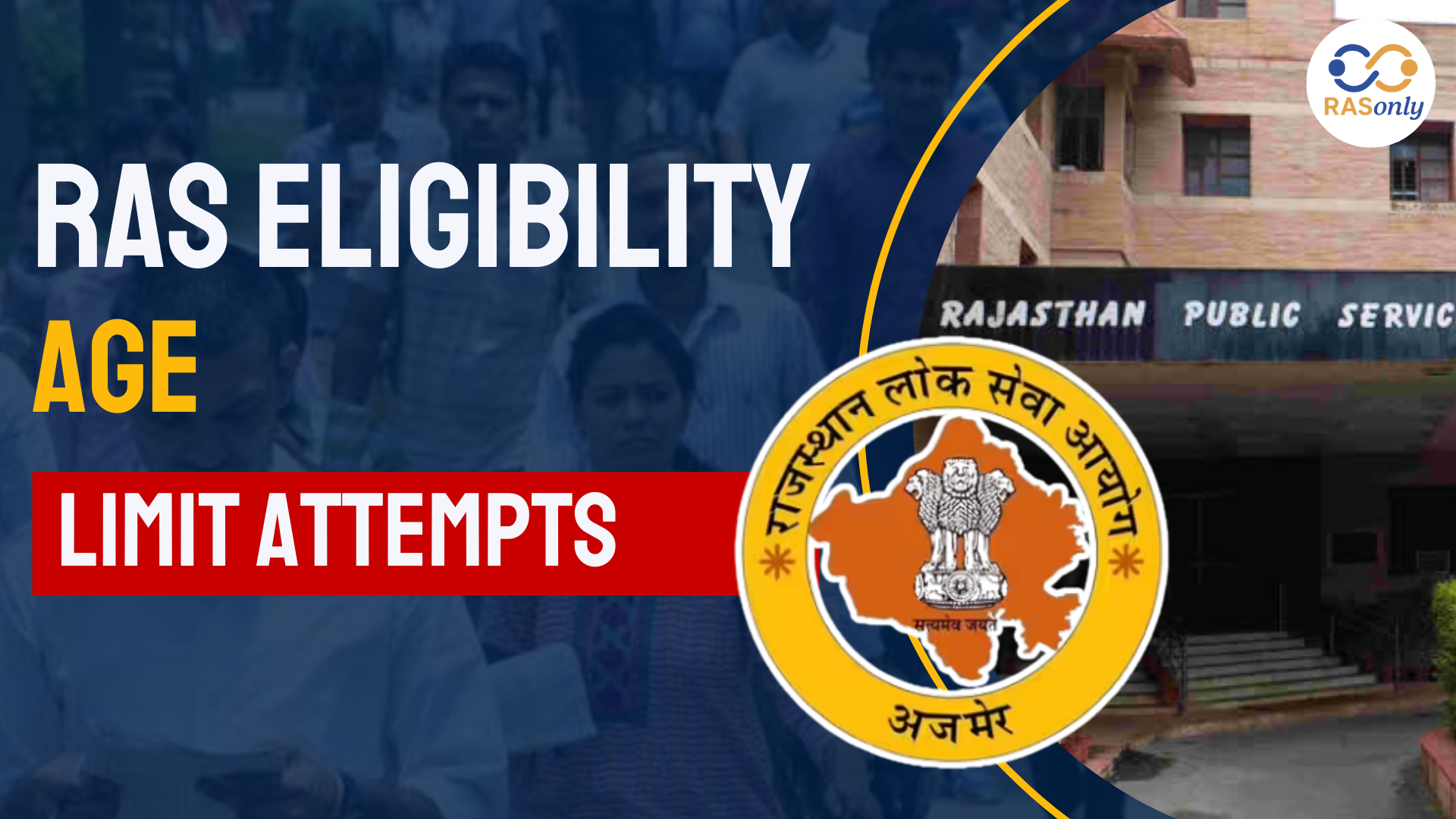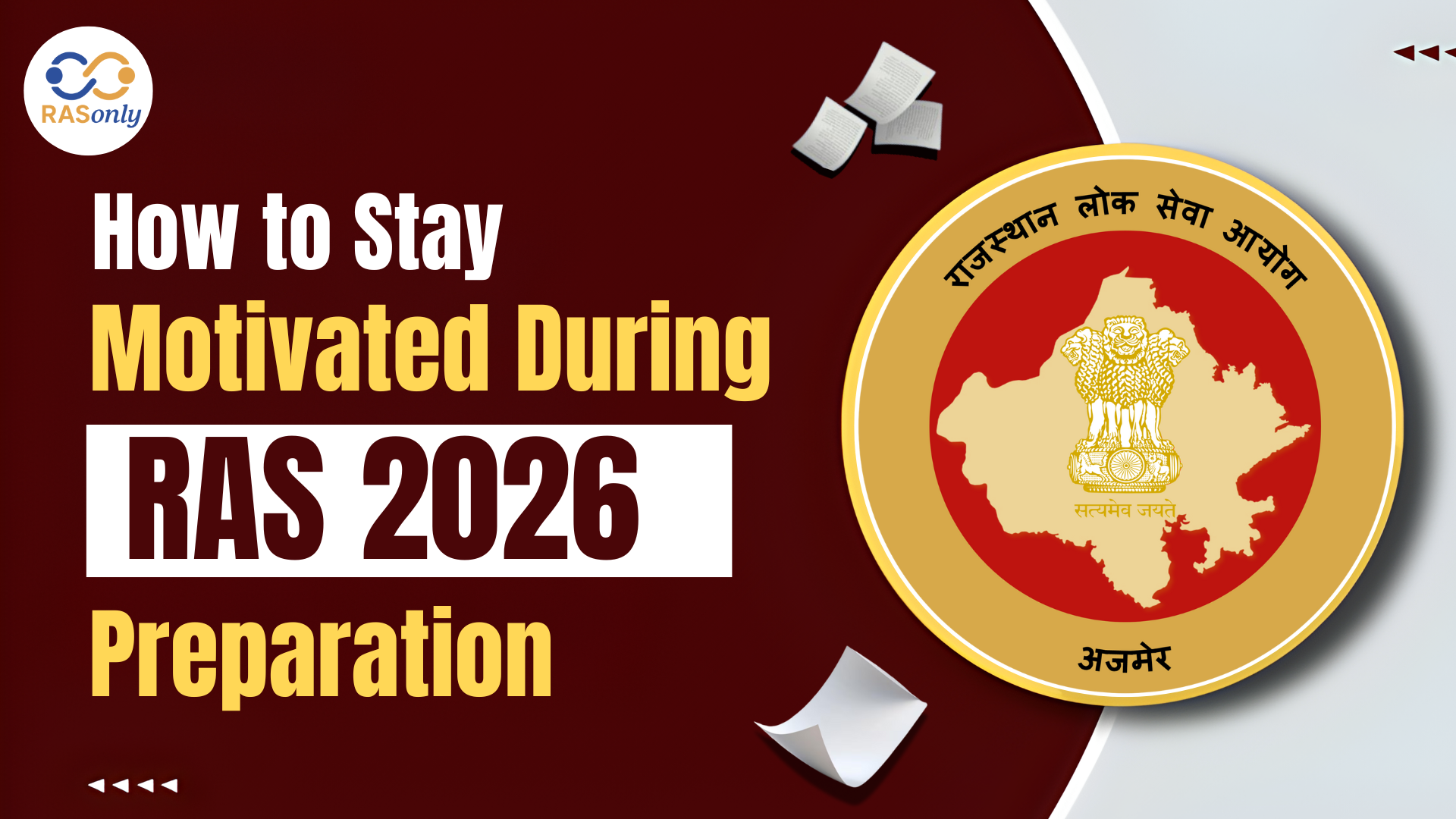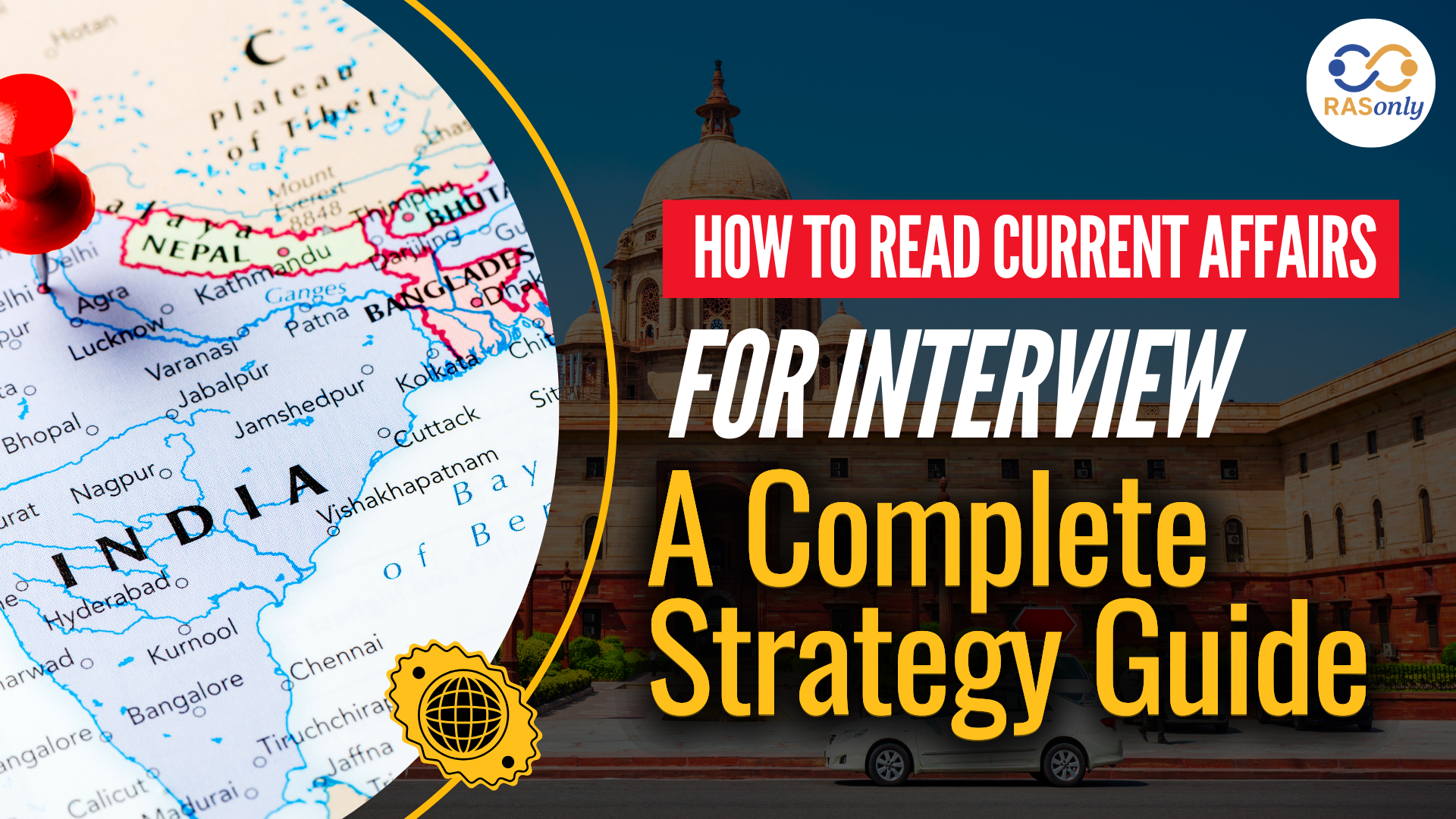RAS Exam Date 2026 for Notification, Prelims, Mains Date
- >
- RAS Preparation Resources
- >
- Economic Development and Reforms in India
Economic Development and Reforms in India

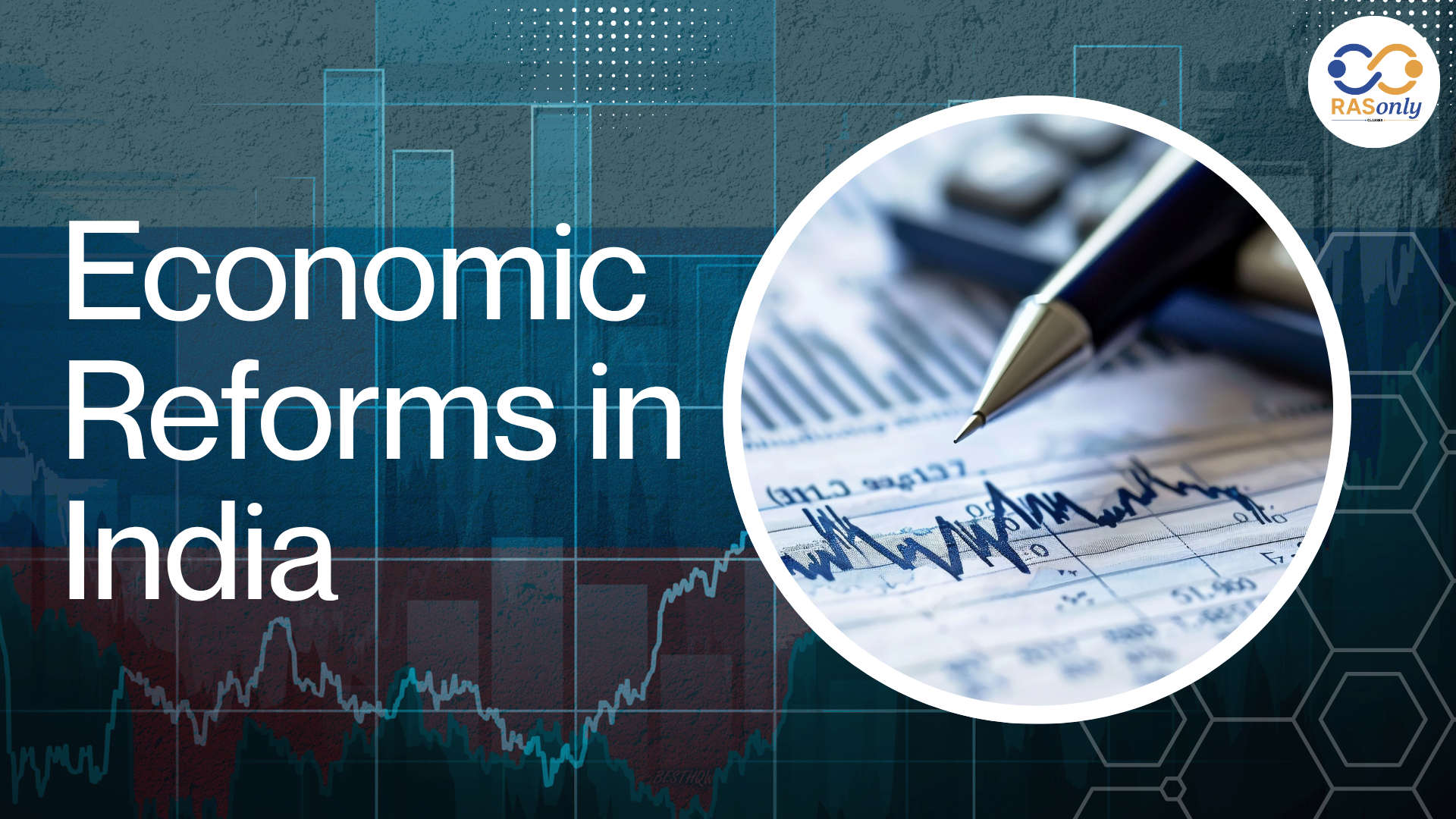
The economic development of India can be characterized as the passage of the state of colonial stagnation to one of the frameworks of accelerated growth. Post-independenceIn 1947, India had a socialist inspired planned economy that promoted state planning, import substitution and industrialization. Nevertheless, inefficiencies and crises in pre-1991 times were the cause of liberalisation reforms, which resulted in the exposure of the economy to the global markets. After the liberalisation, India had adopted competition, the private sector and globalisation. A new push on digitalisation, tax reform, infrastructure, and ease of doing business took place during the past ten years (2014-2024).
Context
- After independence, India chose a mixed economy under the guidance of Nehru and the Planning Commission (1950).
- The Balance of Payments crisis of 1991 is a point of transition since it started the process of liberalisation, privatisation, and globalisation (LPG reforms).
- A 2014-2024 priority was structural change to GST, IBC, financial sector changes and infrastructure.
Key Points for RAS Mains
Indian Economy at the time of Independence (1947)
- Colonial Exploitation: British sucked up wealth, concentrated or focused on the export of raw material, and finished goods imports.
- Poverty & Low Productivity: Income per head was 240 rupees in 1950-51; poor health indicators; low literacy level-< 17 %.
- Agrarian Backwardness: 75 percent of the population relied on agriculture; and was not food self-sufficient.
- Limited Industries Base: Industrial Based in only a few cities.
- Infrastructure Gap: Bad transport, banking, communication and energy services.
- Poverty Trap: This is a situation whereby due to poor income, the poor save little and invest little, with the resultant effect of having low output that creates abject poverty.
History of Economic Planning in India
|
Year |
Plan/Proposal |
Key Focus |
|
1934 |
Visvesvaraya Plan |
Shift labour from agriculture to industry |
|
1934 |
FICCI Proposal |
State role in industrial planning |
|
1938 |
Congress Plan |
National Planning Committee under Nehru |
|
1944 |
Bombay Plan |
State intervention, full employment, industrialisation |
|
1944 |
Gandhian Plan |
Self-sufficient villages, cottage industries |
|
1945 |
People’s Plan (M.N. Roy) |
Basic needs for all within 10 years |
Pre-Liberalisation Period (1947-1991)
- State centered Development: Planning, PSUs, import substitution.
- Planning Commission: Resource allocation under Five-Year Plans that is done centrally.
- Self-Reliance: Mahalanobis Model based on capital goods and heavy industries.
- Agricultural Reforms: Green revolution (1968 - onward) increased agricultural production, i.e., food security.
- Industrial Policies:
- IPR 1948: The structure of a mixed economy.
- IPR 1956: Public sector developments; big industries.
- IPR 1977: promotion of small scale industries; decentralisation.
- IPR 1980 : Encouraged efficiency, private participation.
Phase-Wise Development
|
Phase |
Duration |
Key Characteristics |
|
I |
1951–1969 |
Industrialisation priority, health/education delayed, affected by wars |
|
II |
1970–1973 |
Joint ventures with private sector; technology diffusion |
|
III |
1974–1990 |
Selective foreign investment allowed; investment caps; economic stagnation |
Post-Liberalisation Period (1991–Present)
LPG Reforms – New Industrial Policy, 1991
|
Reform |
Features |
|
Liberalisation |
Abolished licensing, deregulated industries, ended License Raj |
|
Privatisation |
PSU disinvestment, opened core sectors to private players |
|
Globalisation |
Opened economy to foreign trade & investment, rupee devaluation |
Key Economic Reforms 2014-2024
1. Financial Sector Reform
- Bank recapitalisation & mergers
- Insolvency and Bankruptcy Code (IBC) , 2016
- SARFAESI Act produced to lend a hand
2. Taxation Reforms
- GST brought in to merge indirect taxes.
- Corporate & Income tax RAISED
- Abated Dividend Distribution Tax (DDT)
3. Private Sector Engagement
- PSE schwammel Bentley
- FDI liberalisation
- Revived strategic divestment
4. MSME Support
- Emergency Credit Line Guarantee Scheme (ECLGS)
- TReDS – for receivables discounting.
5. Infrastructure Boost
- Bharatmala, sagarmala, UDAN, wagon upgrades & logistics upgradation
6. Digital Economy
- JAM Trinity (Jan Dhan Aadhar Mobile)
- UPI revolution, Digi Locker, Digital payments
- Direct Benefit Transfers (DBT)
Traditional vs Liberalised Economy
|
Aspect |
Pre-1991 Economy |
Post-1991 Economy |
|
Ownership |
Public sector-dominated |
Private sector participation increased |
|
Trade |
Inward-looking, high tariffs |
Export-oriented, open trade |
|
FDI/FII |
Highly restricted |
Liberalised entry in most sectors |
|
Ease of Business |
Red tape, license raj |
Simplification, digital governance |
|
Industrial Policy |
State-controlled, planned |
Market-driven, deregulated |
|
Tax Structure |
Multiple indirect taxes |
Unified GST, reduced tax burden |
Conclusion for RPSC
The Indian economy was a colonial, inward looking one which has transformed to be an internationally competitive as well as one that is encouraging reforms. Whereas the initial years concentrating on establishing self dependency through planning opened up opportunities through liberalisation. The current path of economy is described through structural reforms, digitalisation, and expansion of the role of the private sector which has preconditioned the development of a modern resilient economy.
Also Read: Tax System in India
Frequently Asked Questions (FAQs)
Post Category
- RAS Salary
- Result
- RAS Admit Card
- RAS Job
- RAS Cutoff
- Preparation Tips
- RAS Answer Key
- RAS Exam Analysis
- RAS Syllabus
- RAS Previous Year Papers
- RPSC RAS Exam Pattern
- RAS Interview
- RAS Mains Exam Date
- RAS Vacancy
- RAS Test Series
- RAS Best Books
- RAS Preparation Resources
- RAS Coaching Centre
- History
- Polity
- Geography
- Economics
- Science
- Art and Culture
- RPSC RAS Application Form
- RPSC RAS Notification
RASonly Interview Guidance Program

Mr. Ashok Jain
Ex-Chief Secretary Govt of Rajasthan
- IAS officer of the 1981 batch, Rajasthan cadre.
- Passionate about mentoring the next generation of RAS officers with real-world insights.
- Got retired in Dec 2017 from the post of Chief Secretary of the state of Rajasthan.

Mr. Guru Charan Rai
Ex-ASP / SP in Jaisalmer
- Guru Charan Rai, IPS (Retd), retired as Inspector General of Police (Security), Rajasthan, Jaipur in 2017.
- Served as ASP and SP in Jaisalmer, Nagaur, Sri Ganganagar, Sawai Madhopur, Dausa, Sikar, and Karauli.
- He also held key positions as DIGP and IGP in the Law and Order division.

Mr. Rakesh Verma
Ex-IAS Officer, B.Tech, MBA, and M.A. (Economics)
- IAS officer of the 1981 batch and retired in Chief Secretary Rank.
- Civil servant of high repute and vast experience.
- Has been teaching UPSC CSE subjects for the last six years.
Related Post
👉🏻 Register Today to Join Classes! 👍🏻
- Team RASOnly -
🎯 Benefits of RASOnly Coaching:
- ✅ 1:1 Mentorship with RAS Officers
- ✅ Experienced and Expert Faculty
- ✅ Free Library Access
- ✅ Daily Minimum 4 Hours Must
- ✅ Comprehensive Study Material
- ✅ Regular Tests & Performance Analysis
- ✅ Personalized Guidance & Doubt Solving
- ✅ Online & Offline Class Options
- ✅ Affordable Fees with Quality Education
Key Highlights:
- 👉🏻 3-Day Refund Policy
- 👉🏻 New Batch Starting from 04 August
- 👉🏻 Registration Amount: Only ₹1000

